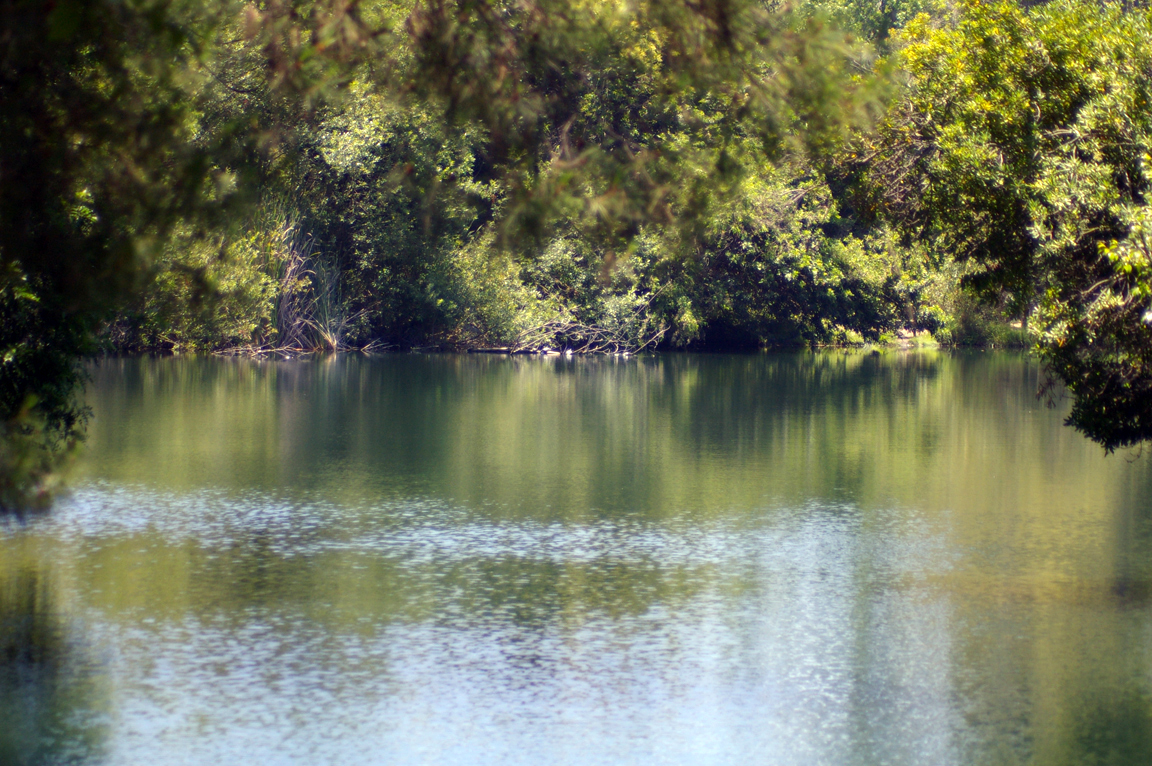
Hiking Photos
El Dorado Nature Center
Information
|
El Dorado Nature Center
Location: 7550 E. Spring St. Long Beach CA 90815 Nature Center Hours:
Many who visit the Nature Center wonder about its history. How did this 100 acre piece of land remain in such a natural state while the city built up around it? In fact, this land has not been preserved in an original natural state, but instead has gone through many transformations on its way to the natural area you see now. Some of the first human inhabitants of this area were the Gabrielino or Tongva Indians. The rich diversity of plant and animal life that flourished along the banks of the Los Angeles and San Gabriel Rivers along with the abundant fish and shellfish of the coastal wetlands supported their hunting and gathering way of life. It is believed that 50 to 100 small villages existed in the Los Angeles basin at the time of European contact. Since the arrival of Europeans, ownership of the land has passed through many hands. It was first part of a Spanish land grant given to Don Manual Nieto in 1774. When sold to Governor Figueroa in 1784, it was divided into five ranchos. The land that now encompasses the Nature Center was part of the larger Rancho Los Alamitos which along with Rancho Los Cerritos made up much of the city of Long Beach. The Bixby family became owners in 1881 and held the land until 1968 when it was sold to the City of Long Beach. Citizens passed several bond issues during the 1950's and 1960's to pay for the purchase and development of the land that now makes up El Dorado Regional Park. The master plan that guided the Regional Park's design called for the development of a Nature Center, and the laying out of trails and planting began in 1965. Previously flat farmland, the land was contoured to create the lake and stream system. Soil to create the varied topography that exists today came from dredging of the lakes and from soil removed during the construction of the nearby San Gabriel (605) Freeway. The initial planting was done with an eye for creating wildlife habitat, and the shrubs and trees were chosen for their ability to provide food and shelter for animals. The Center is now home to a wide variety of grasses, shrubs and trees - most well-suited to our Mediterranean climate. Since the mid 1980's, only California native plants have been planted, and the Nature Center's Master Plan (2003) calls for the gradual replacement of most non-native species with native species. During the planting and development of the Nature Center grounds in the 1960's, the museum and visitor center building was also constructed. Completed in January of 1969 and located on an island in the North lake, the building contains an information desk and small bookstore, a museum and gallery space, staff offices and a classroom. In 1988 the 1/4 mile trail was reconfigured to enhance access for visitors with disabilities. In 1998, the Nature Center grounds also underwent an expansion with the addition of 11 acres of land from the City's old tree farm. The project was funded through a CalTrans mitigation project and a Los Angeles County Rivers and Trails grant. Known as the Restoration Area, it was planted with native plants from five regional plant communities - oak woodland, riparian, chaparral, coastal sage scrub and grassland. Another 7 acres to the south of Willow Street was designated as Nature Center land in 1999 and plans for riparian restoration along the stream are underway. Future plans include possibly obtaining additional land south of Willow Street from Southern California Edison to expand the riparian area along the river to the confluence of Coyote Creek and the San Gabriel River. |
|
 |
 |
|
El Dorado Nature Center 7550 E. Spring St. Long Beach CA 90815 |
|
-
Free Plug-ins You May Need
 Get Java
Get Java.png) Get Flash
Get Flash Get 7-Zip
Get 7-Zip Get Acrobat Reader
Get Acrobat Reader Get TheWORD
Get TheWORD